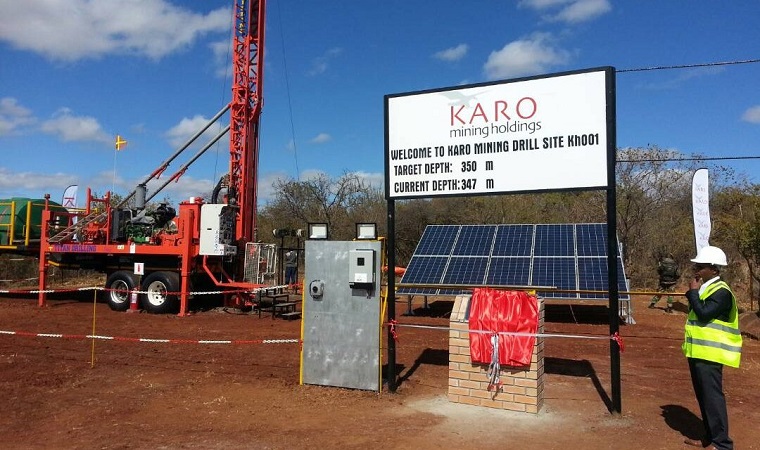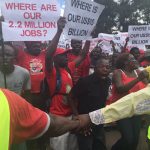 When Emmerson Mnangagwa took over the leadership of Zimbabwe from Robert Mugabe in November 2017, he promised to revive the moribund economy and adopted a mantra he’s repeated regularly ever since – “Zimbabwe is open for business.”
When Emmerson Mnangagwa took over the leadership of Zimbabwe from Robert Mugabe in November 2017, he promised to revive the moribund economy and adopted a mantra he’s repeated regularly ever since – “Zimbabwe is open for business.”
Mnangagwa, always wearing a scarf in the colours of the Zimbabwean flag, quickly set about traversing the globe to woo investment needed to revive the heavily indebted economy.
By March, he’d been on at least 30 foreign visits, including trips to the US, Russia, China, the Middle East and the World Economic Forum in Davos.
Together with the enthusiastic support of state media, Mnangagwa and his officials have announced more than $27bn of planned investment ranging from new platinum mines to steel mills and hydropower dams.
Eighteen months into his rule, he has little to show for it.
The economy is in its most dire state since 2008, when inflation surged to an estimated 500 billion %.
Medicines, fuel and foreign currency are in short supply, prices of basic goods such as bread are surging and the International Monetary Fund has forecast the first economic contraction in 11 years. And many of the investment projects announced by the government haven’t progressed beyond the memorandum of understanding or feasibility stage.
“We are still very confident that the bulk of the investments and expressions of interest will materialize,” said Nick Mangwana, the government spokesman.
“Of course there will be those that fail to get finances to invest in Zimbabwe because of the blight of sanctions, and there will be those who also delay whilst they monitor the success of our current reforms, but in the whole we are very optimistic.”
Continued next page
(165 VIEWS)


